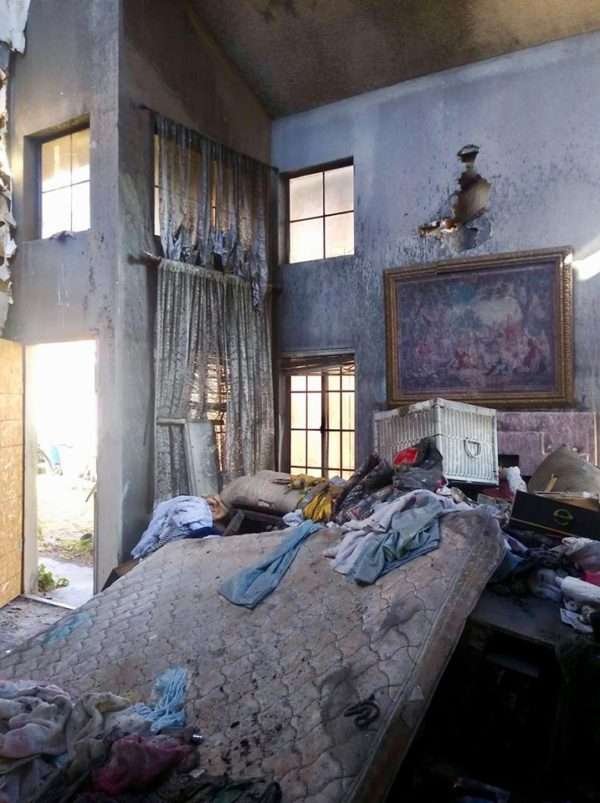THE FIRE DUDES
Fire damage restoration involves addressing a complex array of hazards that pose significant risks to both property and health. Among the most critical concerns are the presence of hazardous materials such as asbestos and lead, compromised structural stability, and highly contaminated areas resulting from toxic smoke and combustion residues. Asbestos, a material once commonly used in construction for its fire-resistant properties, can become a severe health hazard when disturbed during fire damage restoration. When asbestos-containing materials are damaged by fire, they can release toxic fibers into the air, posing serious respiratory risks if inhaled.
Proper identification and abatement by certified professionals are essential to manage this risk effectively and prevent asbestos exposure. Lead, often found in older buildings in the form of lead-based paint or plumbing, also represents a significant hazard. During fire damage restoration, the disturbance of lead-containing materials can lead to contamination of surfaces and dust, posing serious health risks, particularly to children and pregnant women. Lead abatement procedures, including proper containment and removal, are crucial to mitigate this hazard. Structural stability is another critical concern in fire damage restoration. Fire can compromise the integrity of a building’s framework, including load-bearing walls, beams, and foundations. Structural damage may not always be immediately visible, making it essential to conduct thorough inspections and assessments by licensed structural engineers.
These professionals are trained to identify weaknesses, evaluate the extent of damage, and recommend necessary repairs or reinforcements to ensure the building’s safety and stability. Furthermore, fire damage often results in areas heavily contaminated with toxic smoke residues. Smoke from combustion contains a complex mixture of harmful chemicals and particulates that can settle on various surfaces and materials within the building. These residues are not only unsightly but also potentially hazardous to health, requiring specialized cleaning and decontamination processes.
Professional restoration services employ advanced techniques and equipment to effectively remove soot and smoke residues, ensuring that all contaminated areas are thoroughly cleaned to prevent long-term health issues. In summary, fire damage restoration encompasses a range of hazards that require careful management and expertise. The presence of hazardous materials like asbestos and lead, compromised structural stability, and toxic smoke residues necessitate a comprehensive approach involving certified professionals. Their expertise ensures that restoration efforts address these risks effectively, safeguarding both the property and the health of its occupants.






